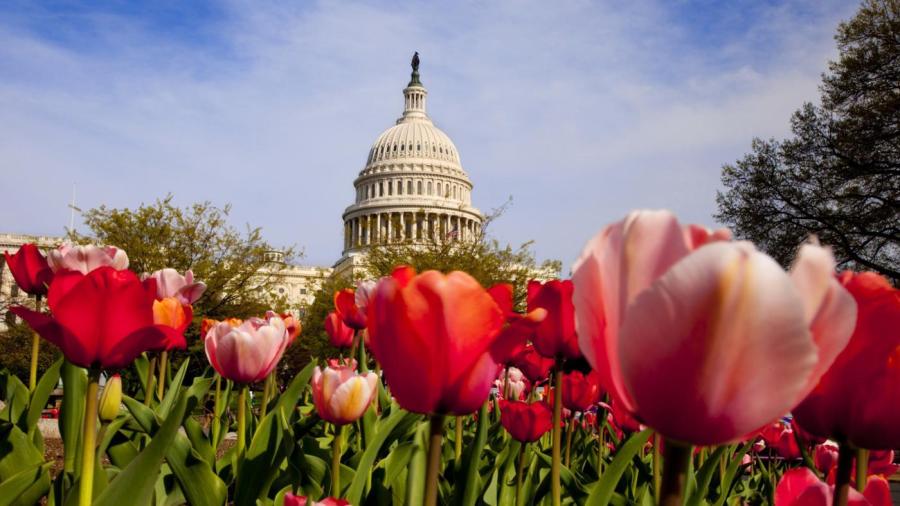What Type of Government Does America Have?

The government of the United States of America is a constitutional federal republic. It functions as a democracy and a republic because citizens elect individuals to represent them, and a majority vote determines laws.
The U.S. Constitution The foundation of the United States government is the U.S. Constitution. This document was written in 1787, and specifies the powers and limitations of each branch of the government, as well as the rights of citizens. It opens with 10 amendments called The Bill of Rights, designed to protect the freedom of citizens from an overreaching government. Rights granted here include the freedoms of religion, speech, press and assembly, the right to a speedy trial, protection against unreasonable search and seizure and the right to due process in the court system. After the Bill of Rights are additions to the Constitution. These amendments outline the powers of the three branches of government, define citizenship, give women the right to vote and establish term limits for the president. Changing the Constitution requires a two-thirds majority vote in both houses of Congress.
Elections All U.S. citizens who are at least 18 years old and meet the requirements specified in their states may register to vote in elections. Depending on the election year, they may vote for the individuals they want to represent them in Congress, as well as the president and vice president. They elect representatives every two years, a president and vice president every four years and senators every six years. Ideally, the people they elect vote in ways that reflect their values.
The Three Branches of the Federal Government The U.S. federal government has three branches called the executive, legislative and judicial branches. They work as part of a system of checks and balances that prevents one branch from exercising too much authority. The House of Representatives and the Senate make up the legislative branch, together known as Congress. Their primary role is to create laws based on the Constitution, but Congress also has the sole authority to declare war, print money, determine immigration requirements and regulate enterprise. States receive a number of representatives based on the population size of the state, and these representatives serve two-year terms. Each state also has two senators who serve six-year terms.
The executive branch includes the president and the presidential cabinet. This branch’s job is to enforce the laws passed by Congress. The president also serves as the commander of the military and head of state. Next in command is the vice president, who supports the president and takes over presidential duties in the event the sitting president is unable to do so. The vice president is also president of the Senate, and casts the deciding vote in the event of a tie. The cabinet rounds out the executive branch, and its members advise the president. Although the president may only serve two terms, the vice president has no such term limit.
The final branch of the federal government is the judicial branch. This branch interprets the Constitution and decides whether specific laws violate it. It does this through the court system, the highest of which is the Supreme Court. Nine judges serve on the Supreme Court, and they hold their positions until they retire or die. Unlike members of Congress, the president and the vice president, judges receive their appointments from the president. Congress then confirms or rejects the president’s nominees. Americans do not cast votes to elect judges.





